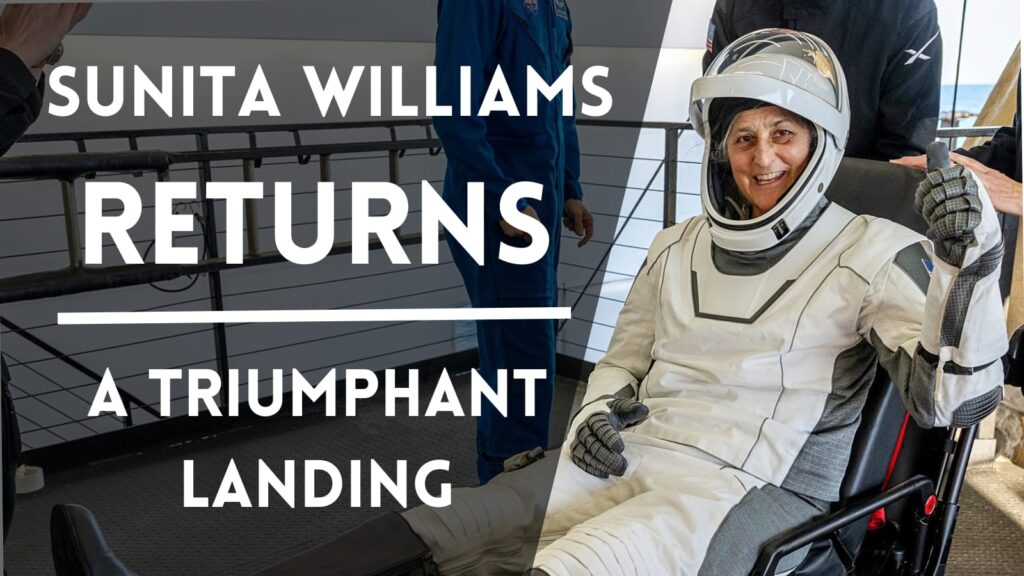
17 June 2025 | Tokyo, Japan— Honda Research and Development Corporation, Ltd., has successfully completed the launch and landing test of its first reusable rocket. This success is being considered a major achievement for Japan’s private space sector, and it shows that Honda is now entering the space sector along with automobiles.
The 6.3-meter-tall rocket reached a peak altitude of 271.4 meters, maintained flight stability throughout ascent and descent, and landed just 37 centimeters off the targeted touchdown point—all within a brief 56.6-second flight. The test was conducted at Honda’s dedicated facility in Taiki Town, Hokkaido, and concluded without incident.
What is a reusable rocket?
Reusable Launch Vehicle, abbreviated as RLV, is a rocket that returns safely to the earth after going into space. Its special feature is that it can be used again. Earlier rockets were destroyed once they took off, but now technology has advanced so much that new rockets can land straight on the ground—like SpaceX’s Falcon 9 rocket.
Reusing such rockets over and over again significantly reduces costs, reduces unwanted debris in space, and makes it easier to launch missions more frequently. Simply put, this technology is making access to space cheaper, safer, and more practical.
Inside the June 17 Test: A Closer Look
Honda’s rocket, weighing 1,312 kg fully fuelled, was developed by his own research and development team. The purpose of this test was to ensure that the design works in accordance with the necessary technologies that are needed for future suborbital missions. These technologies include:
- Flight stability during ascent and descent
- Precision landing using real-time control systems
- Safety systems for defined flight corridors and emergency scenarios
Honda closed off an area of 1 kilometer around the test for safety, deployed security personnel, and followed Japanese government safety guidelines. The knowledge gained from this test will be useful in Honda’s future space projects.
Why is Honda Getting Into Space?
Honda is generally known for making cars, bikes, and robots across the world, but the company has been preparing to make its presence felt in space technology for a long time. In 2021, Honda announced that it wants to enter space exploration by using its strong technologies such as combustion technology, automatic control systems, and artificial intelligence and robotics, especially in missions that do not require humans. The company aims to contribute to future satellite launches and develop reusable space energy systems, allowing Honda’s mobility technologies to be integrated with Earth-orbiting space infrastructure.
Honda vs. the World: How It Stacks Up
While SpaceX is making headlines day by day and Blue Origin is preparing for space tourism, Honda’s path is a little more quiet and solid for the time being. The company is still in the early stages of research and has no plans to enter any commercial service yet. However, Honda has already achieved several key technological milestones related to reusable rockets.
| Feature | Honda Test Rocket | SpaceX Falcon 9 (First Test) |
|---|---|---|
| Altitude Reached | 271.4 meters | 250 meters (Grasshopper, 2012) |
| Precision Landing | Within 37 cm | 100–150 m (early tests) |
| Test Duration | 56.6 seconds | ~29 seconds |
| Commercial Intent | Research only (for now) | Commercial, orbital-ready |
It’s clear that Honda isn’t rushing to achieve quick or flashy success but rather moving forward thoughtfully, based on data at every step—just like many successful companies did in their early years.
Honda aims to achieve suborbital launch capability by 2029. If the company succeeds in this, it will be able to provide services to send small and medium satellites into space. Additionally, Honda will be able to use its automated systems in space robotics and in future interplanetary missions in collaboration with the Japan Space Agency (JAXA) or a private company. At a time when demand for satellites is growing rapidly due to 5G networks, climate monitoring, and AI-related data services, Honda’s entry into the sector is timely—and could spell major change in the space-related world.
Scipuz’s Take
This rocket test may seem small, but it is a big step in terms of the company’s long-term future thinking. It shows that now even traditional vehicle manufacturing companies are preparing to use their technology outside the earth, i.e., in space.
As we become increasingly dependent on space for internet, data, and connectivity, reusable rockets are no longer a fantasy—they are becoming part of the sustainable technology of the future.
Honda could play a major role in Japan’s development of its own “space town” in Taiki, where For technology enthusiasts, this test is a sign that the space race is changing—and the next big name could be the one that once built your first bike. Artificial intelligence, robotics, mobility, and space technology will combine to open up new innovations.



